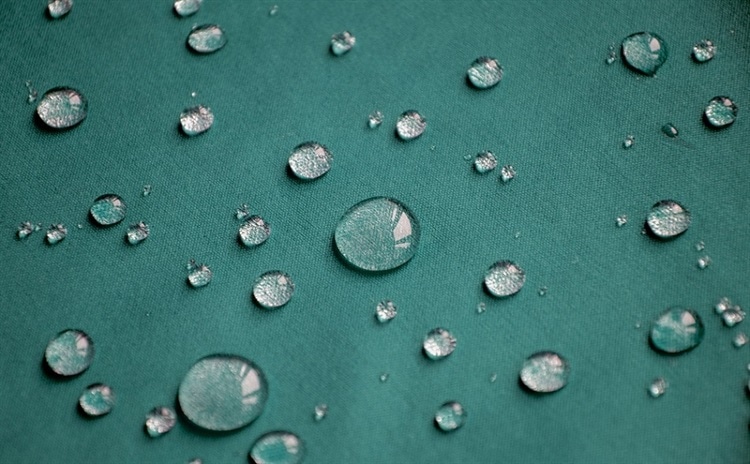The technology of waterproof materials is not a new one. There are so many electronics and other objects that have increased their functionality just with the use of this material. However, scientists and researchers have always relentlessly worked to bring more convenience for the users. Hence, they have recently designed another nanomaterial that can stay waterproof even in water for quite an amount of time.
Earlier in the year 2016, a material with water-repelling nano-coating technology was introduced. It had the ability to make any material resistant to water. This technology was specifically designed for the electronics and their covers to protect against water. Moving in 2018, another technology was designed for fabrics. It has a safe and nontoxic coating to make this more diverse.
The research was done at the University of Central Florida. The amazing characteristic of this material is that it can stay waterproof even when submerged in water. The research team was headed by Debashis Chanda, a professor at UCF’s NanoScience Technology Center, who says that he was inspired by nature and the evolution of certain plants and biological species to create the new nanomaterial.
He stated that “We took our cues from the structure of a lotus leaf and synthesized nanostructured materials based on molecular crystals of fullerenes.” Fullerenes (C60 and C70) are made by bringing carbon molecules together so they can form a cage-like closed structure. These structures can then stack on each other to create tall crystals that are called fullerites.
Just one drop of the gel of this material will be enough to make the surface water repellent. Also, it does not alter or interfere with the properties of the material itself. “Even when they are submerged at 2 feet (60.9 cm) of water for several hours, the films remain dry. We even found that they can capture and store gases underwater in the form of plastrons — a form of trapped bubbles mimicking the miraculous alkali fly of California’s Mono Lake,” Chanda concluded.
The study is published in the journal Advanced Materials.

